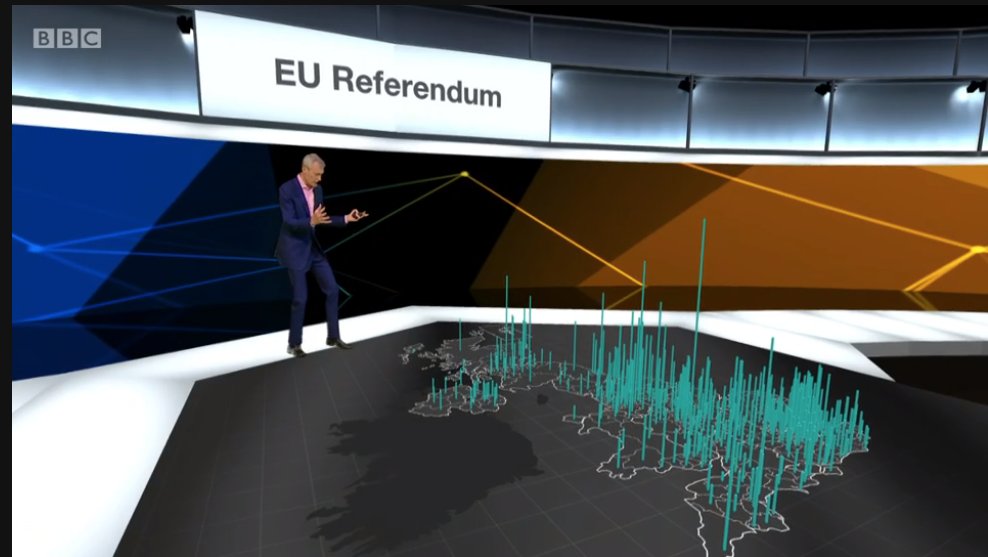Q: Did you see food allergies are caused by diet?
A: That makes sense, I suppose.
Q: Does it make sense that low-fibre diets are why people get peanut allergy more now?
A: Ah. No.
Q: Why not?
A: Because fibre in the typical diet hasn’t changed much in recent years and peanut allergies have become much more common.
Q: It could still be true that adding more fibre would stop people getting peanut allergies, though?
A: Could be.
Q: And that’s what the research found?
A: Up to a point.
Q: Mice?
A: Mice.
Q: But peanut allergy and dietary fibre?
A: Yes, pretty much. And a plausible biological reason for how it might work.
Q: So it’s worth trying in humans?
A: Probably, though getting little kids to eat that much fibre would be hard.
Q: But the story just says “a simple bowl of bran and some dried apricots in the morning”
A: Sadly, yes.
Q: So how much fibre did they give the rats?
A: They compared a zero-fibre diet to 35% fibre
Q: Is 35% a lot?
A: Well, it’s more than All-Bran, and that was their whole diet.
Q: A more reasonable dose might still work, though?
A: Sure. But you wouldn’t want to assume it did before the trials happened.
